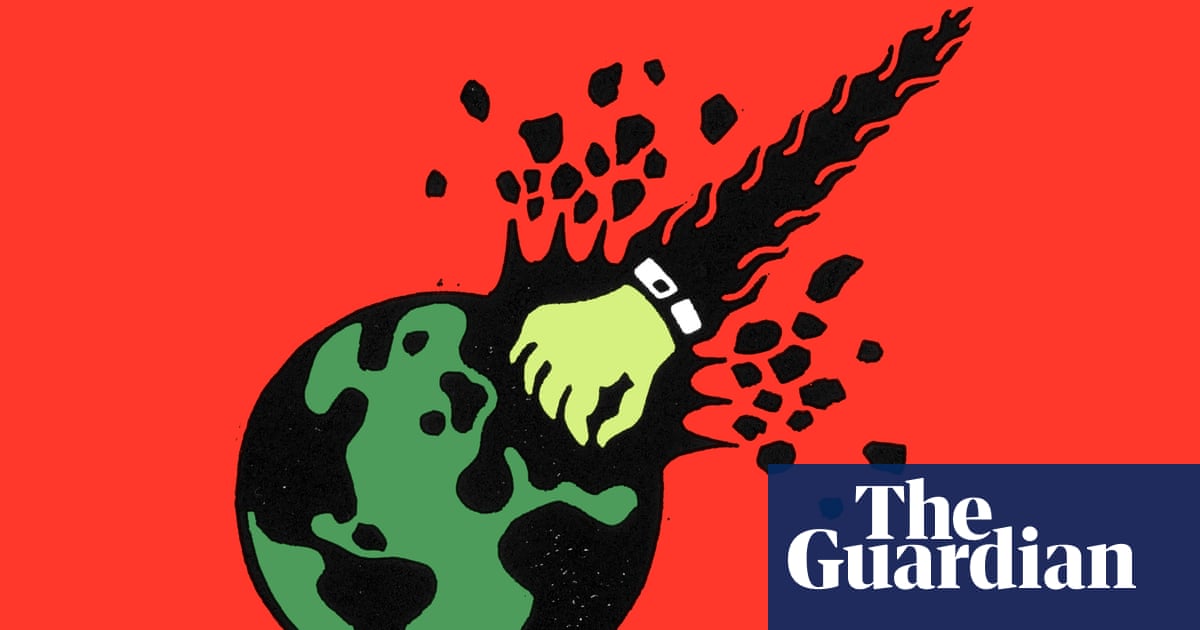Week ending October 17, 2025

Continuing the recent theme of building community by doing things together, Johns Hopkins professor of political science and blogger Henry Farrell had an interesting post on a book by Harhie Han called Undivided: The Quest for Racial Solidarity in America's Church.
One of Farrell's personal takeaways from Han's book:
One of the reasons that evangelical churches have succeeded on their own terms is that they don’t simply welcome converts, but build their organizational structures and practice around identifying seekers and bringing them into the fold. That can become a political style too. The late Charlie Kirk created a political organization that was notable for ruthlessly targeting perceived enemies. He was not interested in debate in the ways that liberals, who are open to changing their own minds, at least in principle, are. However, Kirk used debate not simply to demolish opponents, but to try to win converts to the cause, exploring what swayable people believed and wanted, and trying to blaze a path that might lead them towards his own political faith. That last is something that the left could learn from: treating people who don’t agree as seekers, and trying to figure out how to bring them on board.
To Farrell there's a political component that's Democrats and Republicans. To me, I think this also illustrates an important component about doing community together. What if we treated people in our neighborhoods, in our area, not as "others" that might speak a different language or have different political or religious views and are insulated from us by fences and doorbell cameras, but as seekers who are a necessary component of a whole and healthy community that we must figure out how to bring "on board"?
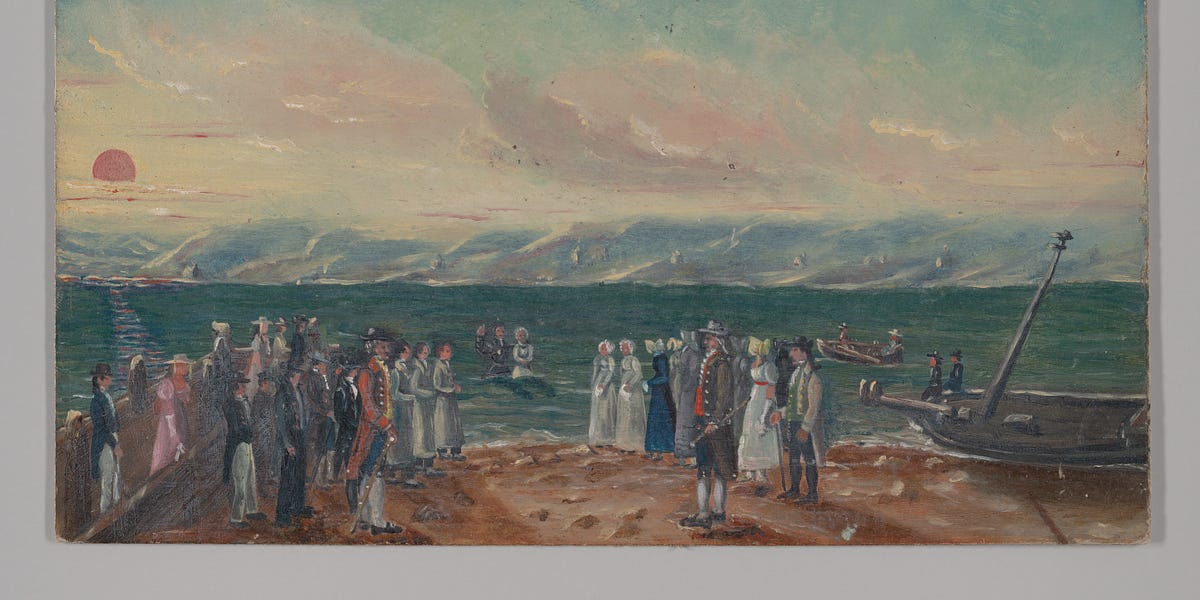
Table of Contents
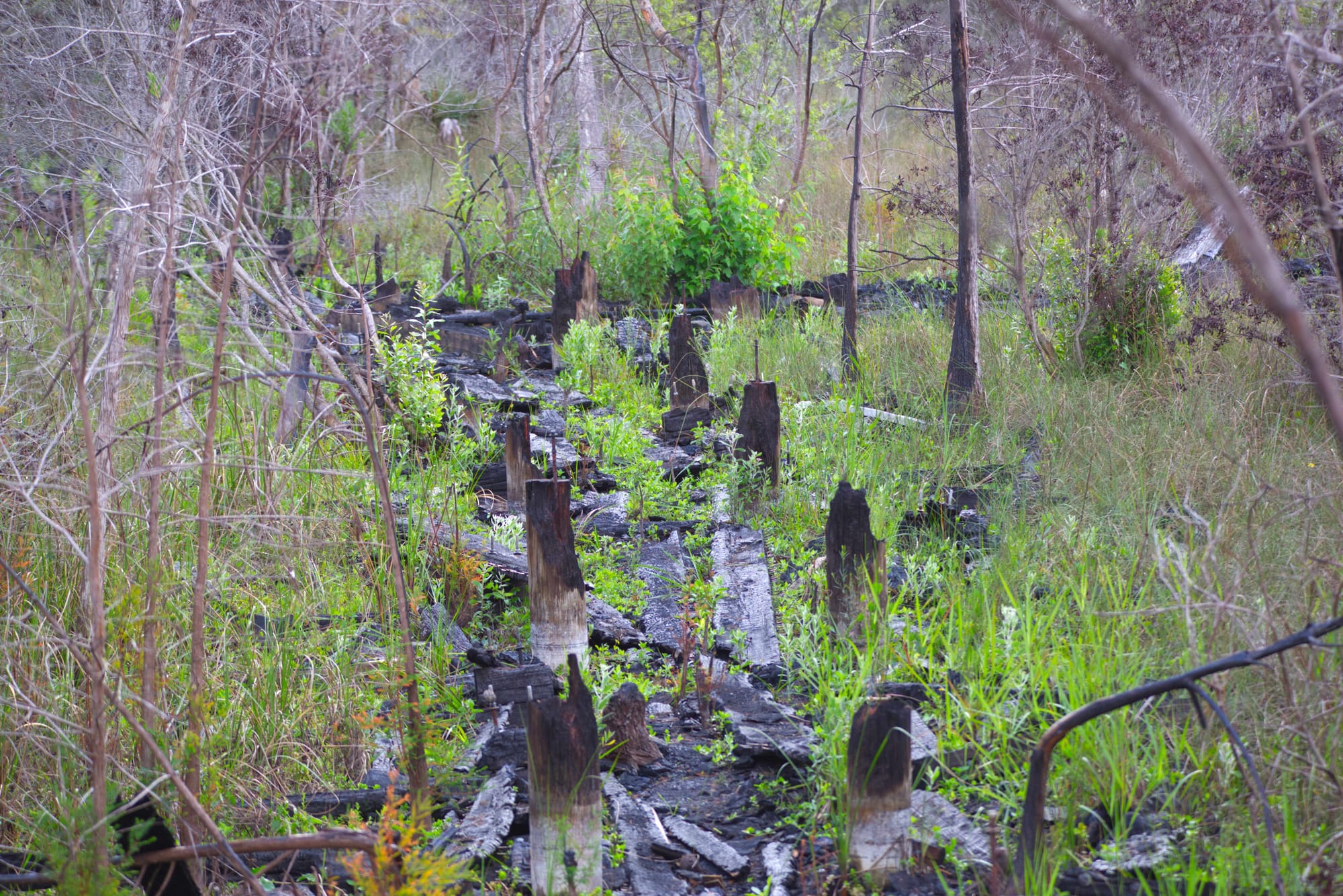
Finite
Disappointment
This week's intro and historic interlude are rather long so I'm going to contain the Finite Disappointment section into a few thoughts in summary and then links. I highly recommend you click on these, by the way.
The housing crisis in Florida continues to deepen and things like Airbnb are absolutely contributing to it. People in ICE detention keep dying, especially in South Florida while the Florida Highway Patrol, you know, the people that are supposed to make driving safe, lead the state by a wide margin in immigration related arrests. While the Infinite Hope Section features some great news about the positive impact the record breaking billions of dollars spent by Florida and the Federal Government since the 1980s, the reality is, this government shut down is causing short term problems in the Everglades and may have long term consequences.

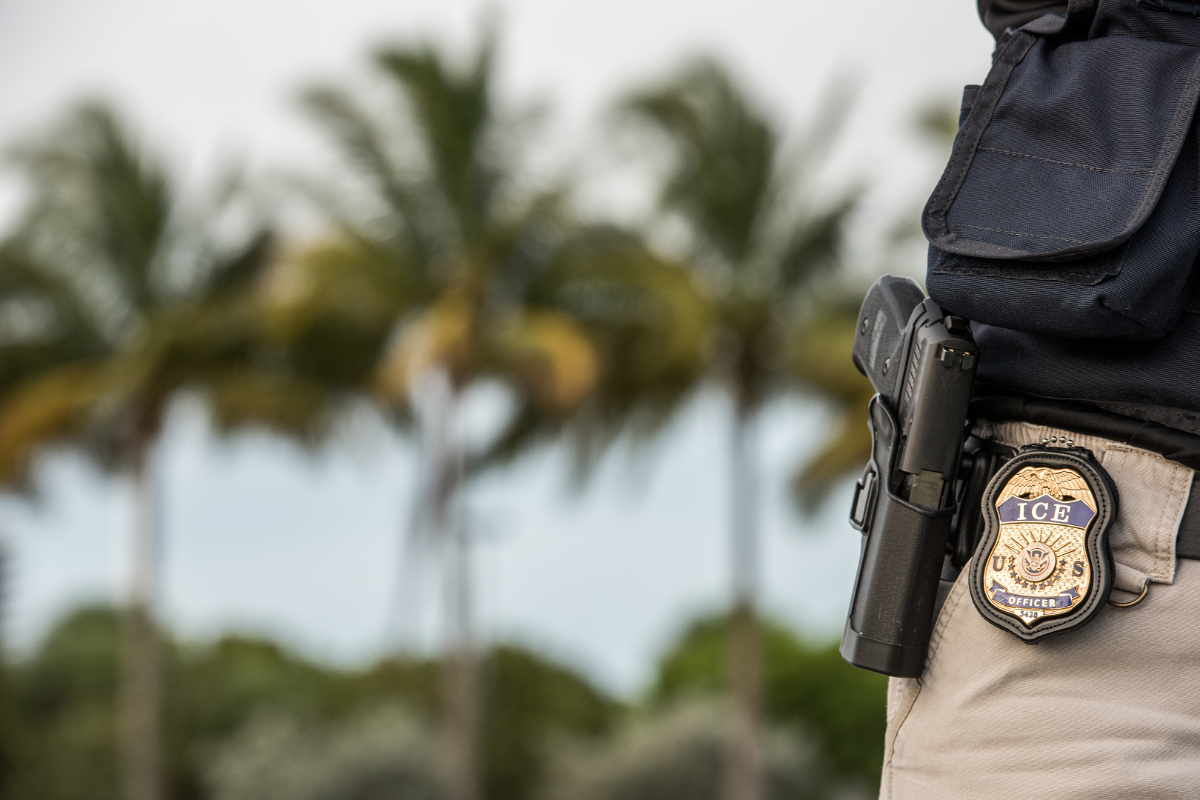

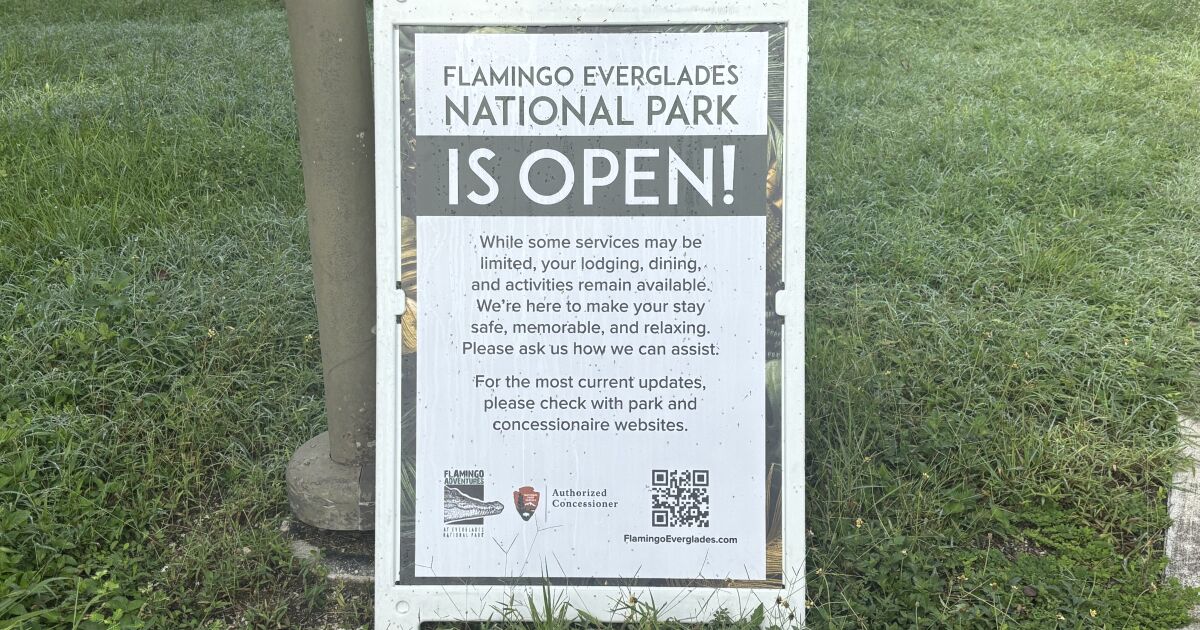
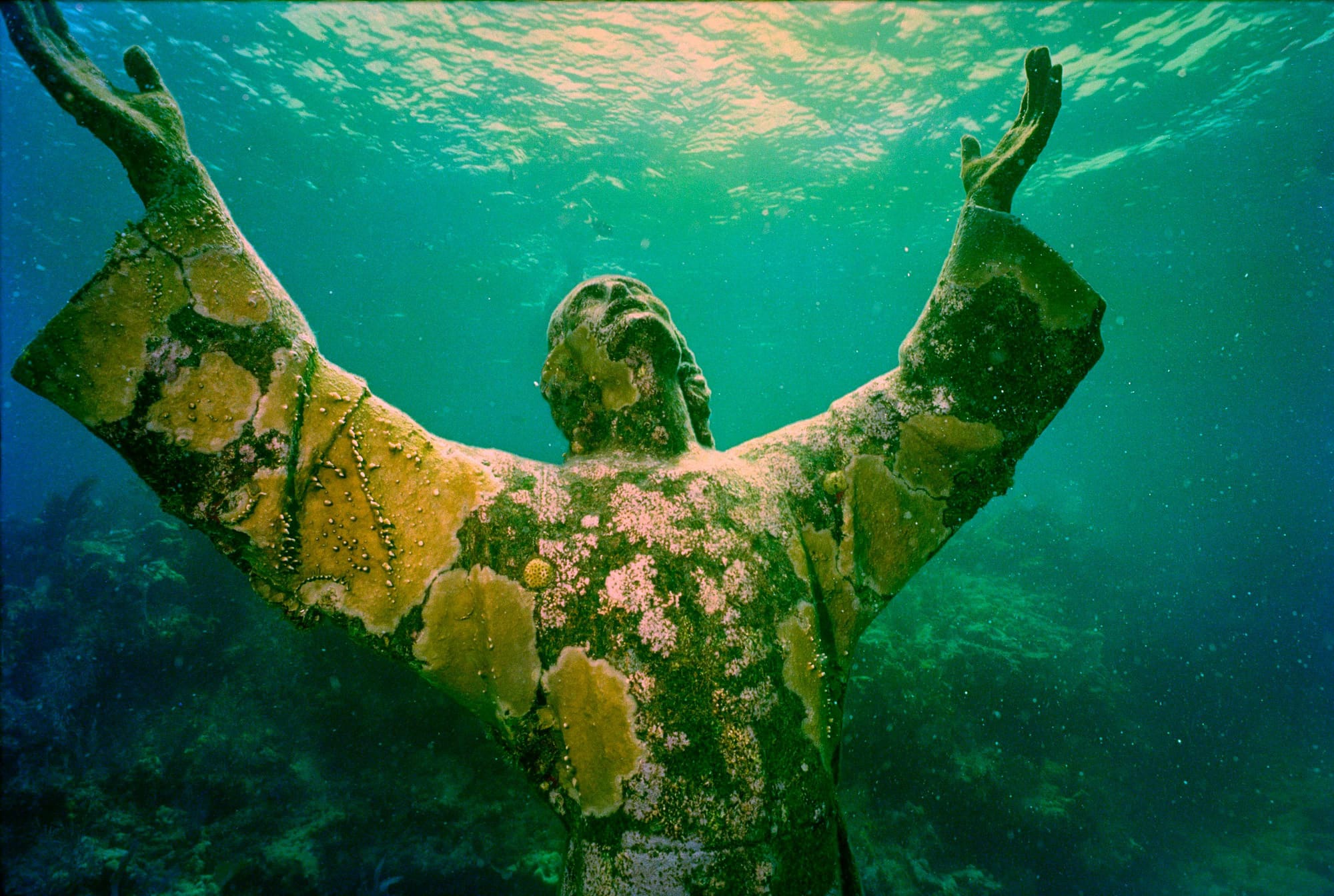
Florida
Gonna Florida
Generally, "Florida Gonna Florida" is a section about "Florida Man," a demonym that when deployed in my mind is meant to evoke a sort of humorous jack ass from Florida. Sometimes it'll vary, but mostly, I like to keep it mostly funny, I guess. Anyway, obviously, someone outside of Florida can burglarize houses while wearing only his mother given original outfit, but by golly that seems like a Florida Man story.

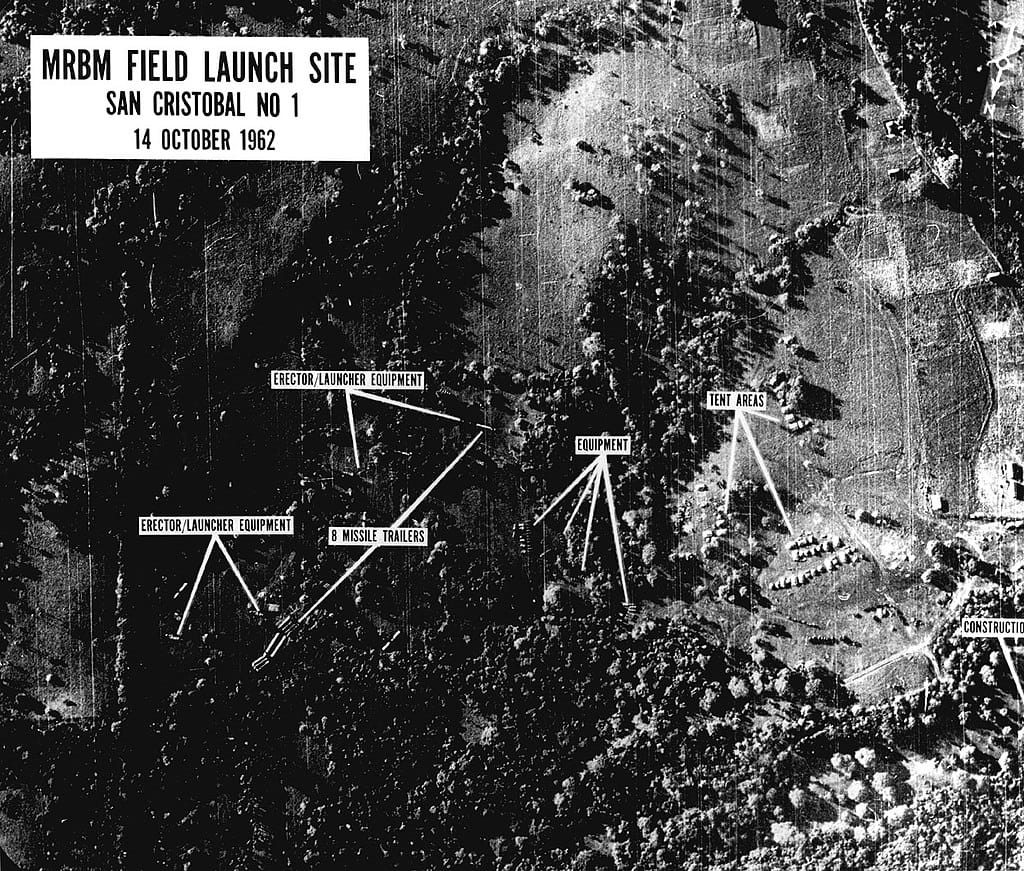
Historic
Interlude
October 16, 1962 Much of Democrat John F. Kennedy problems with Cuba started with his predecessor, Republican Dwight D. Eisenhower. This was true of the Bay of Pigs fiasco, which was developed under Eisenhower and dropped in Kennedy's lap (who could have said, "no, let's not do this," but he did it anyway) and it was true of the Cuban Missile Crisis of 1962, which Kennedy saw coming and had already started work to dismantle Eisenhower's provocative nuclear missile bases in Italy and Turkey.
Starting in 1959, the US started deploying its nuclear missiles in Europe, beginning with England. By 1961 (under Kennedy, but, again, started by Eisenhower) the US deployed Jupiter nuclear missiles to Italy and Turkey, giving the US first strike capability on Moscow itself. It was understandable that Moscow responded in kind.
That said, Moscow had other motives as well. The Soviet Union's grip on Cuba was tenuous at best at that point and Cuba was eyeing China as its potential primary geopolitical partner. So, in order to match the US provocation in Italy and Turkey and to appease the still nascent Castro regime, Moscow sent conventional arms and vehicles, like MiG fighters, as well as nuclear missiles capable of hitting almost anywhere in the US to an island 90 miles south of Key West, Florida.
On October 14, 1962 a US U2 spy plane took pictures of the nuclear missile sites in Cuba.
My mom was a young teenager living near Tampa at the time and remembers well learning how to duck and cover from nuclear missiles even DC wouldn't have time to duck and cover from, despite being much further north. The initial newspaper treatment of what became the Cuban Missile Crisis was rather subdued.
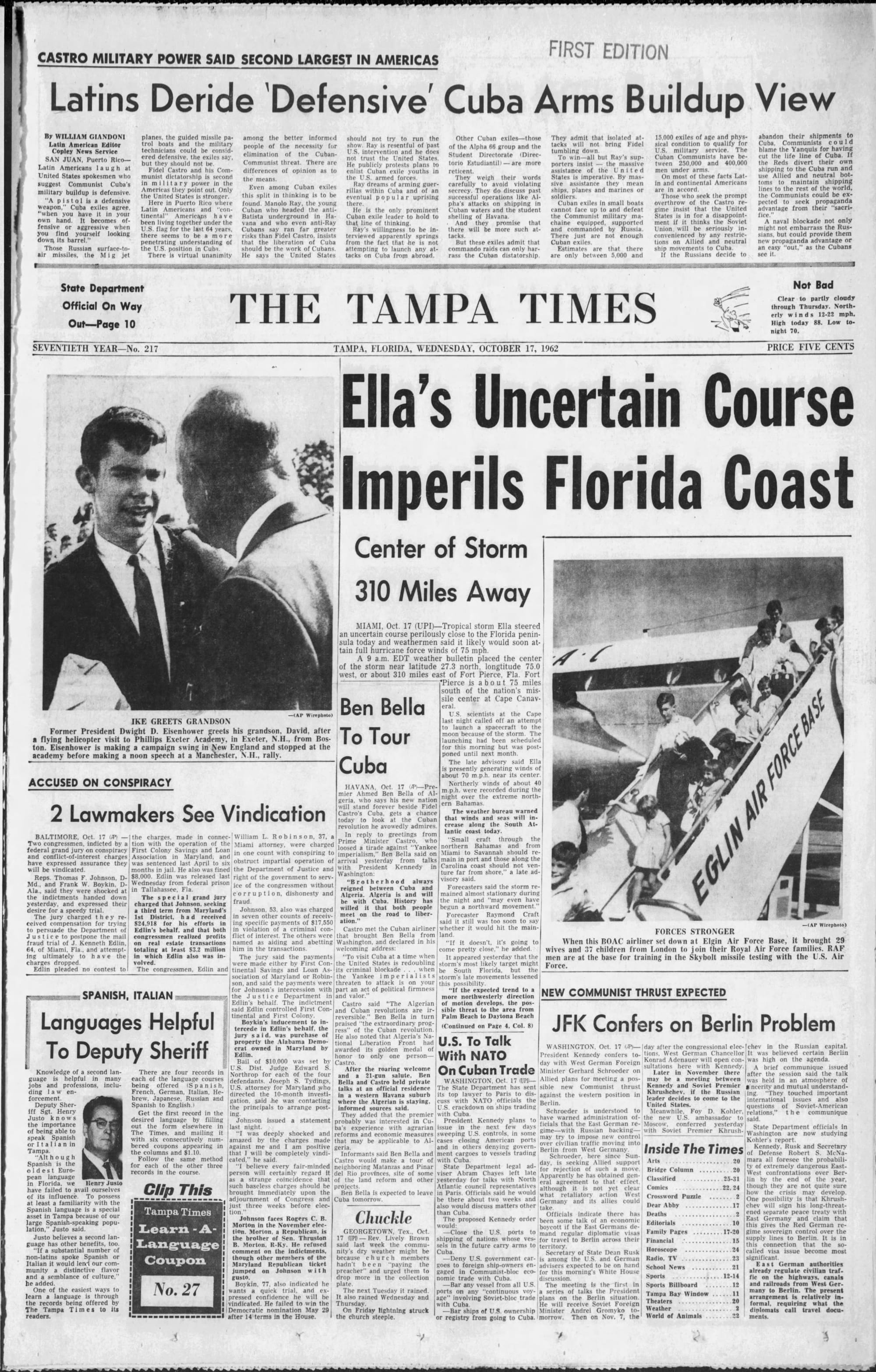
While much of the Americas writ large saw the Cuban nuclear armament as a threat and laughed of any notion that they were for defensive purposes only, as one US official suggested, Republicans blamed JFK for letting Castro get the weapons (which included fighter jets and ships as well as the missiles), and Floridians fretted about Hurricane Ella.
A couple of weeks later the The Tampa Tribune covered almost its entire front page on October 26, 1962, with news about imminent war with Cuba and possibly the Soviet Union, with the US Carrier USS Wasp above the fold next to a cartoon of Castro tethering a dove of peace to his "Dictatorial Ambitions."
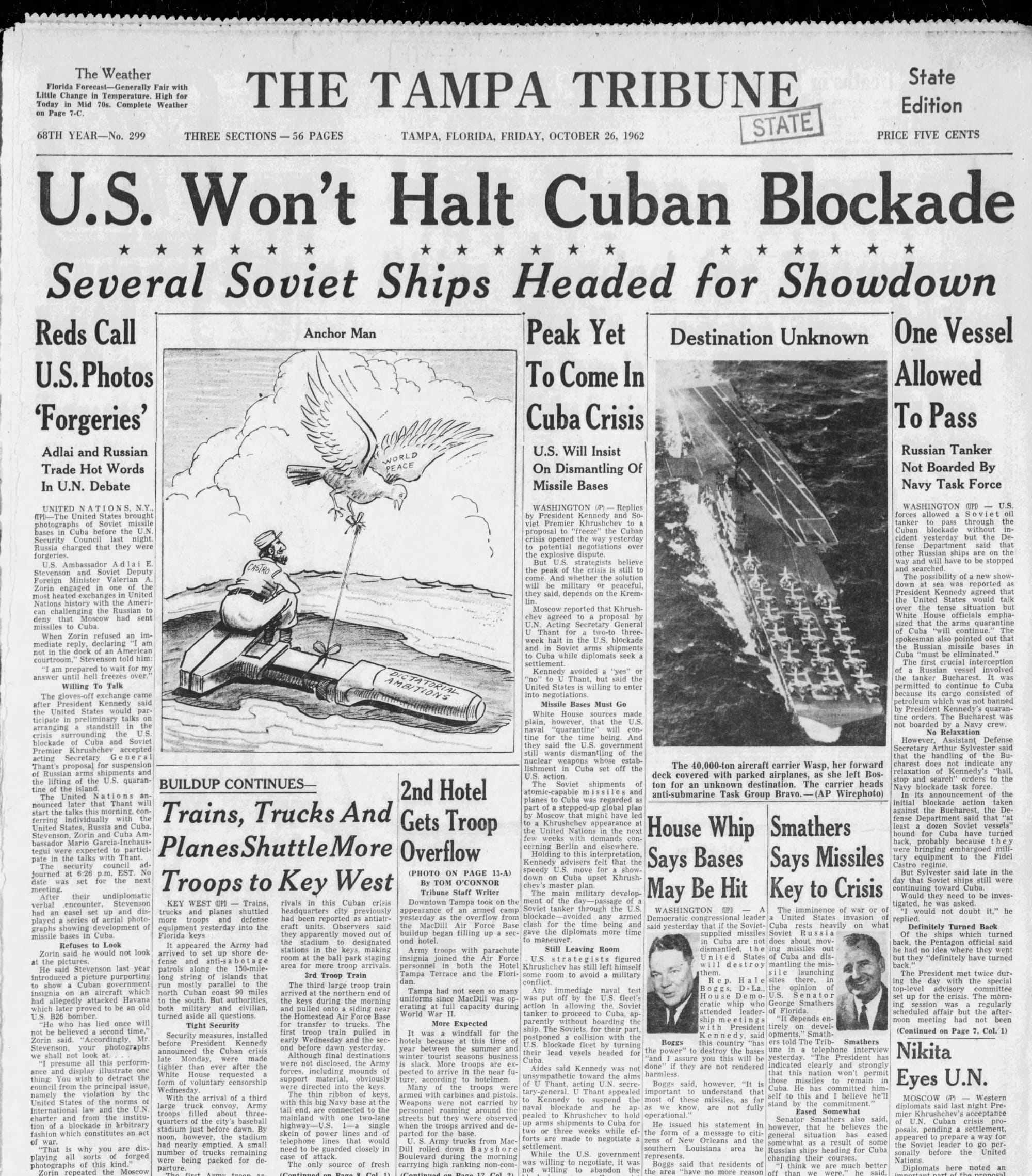
The prophetic declaration by the Tampa Tribune that "The Peak Yet to Come in Cuba Crisis," proved wrong, thankfully.
JFK knew that the missiles in Turkey were too much of a provocation and had already decided to remove them before the crisis began, so negotiating them away was easy. Khrushchev, the Soviet Leader, was already increasingly frustrated with Castro, who kept refusing to take orders from Moscow, unbeknownst to the United States. Other factors added to Khrushchev's sense that he was losing control and losing control could mean the death of at least one third of the human race.
Note to any young people reading this: Yes, the threat of nuclear "annihilation" was and is very real, but perhaps (there were other close calls that often stayed out of the media at the time of the event) never more so than these 13 days in October 1962. Anyone suggesting that nuclear annihilation was an exaggeration meant to get the masse to comply is either selling snake oil, too scientifically and historically illiterate to be listened to, or as in the case of the link above, making too nuanced an argument to matter much. And by nuanced, I mean, he's either intentionally omitting pertinent information or simply is out over his skis. The author in the piece above is suggesting that nuclear war wouldn't mean the end of all life as we know it therefore fears of it are exaggerated and provides the example that even 2000 one megaton warheads (which are indeed higher yield than most nuclear warheads) would only destroy 5% of the United States. His argument focuses on blast radius rather than pesky things like nuclear fallout or the effects of the nuclear blast associated electromagnetic pulses which he conveniently NEVER MENTIONS. The truth is a full out nuclear war would not end all life on Earth. It would however change all life and civilization on Earth as we know it.
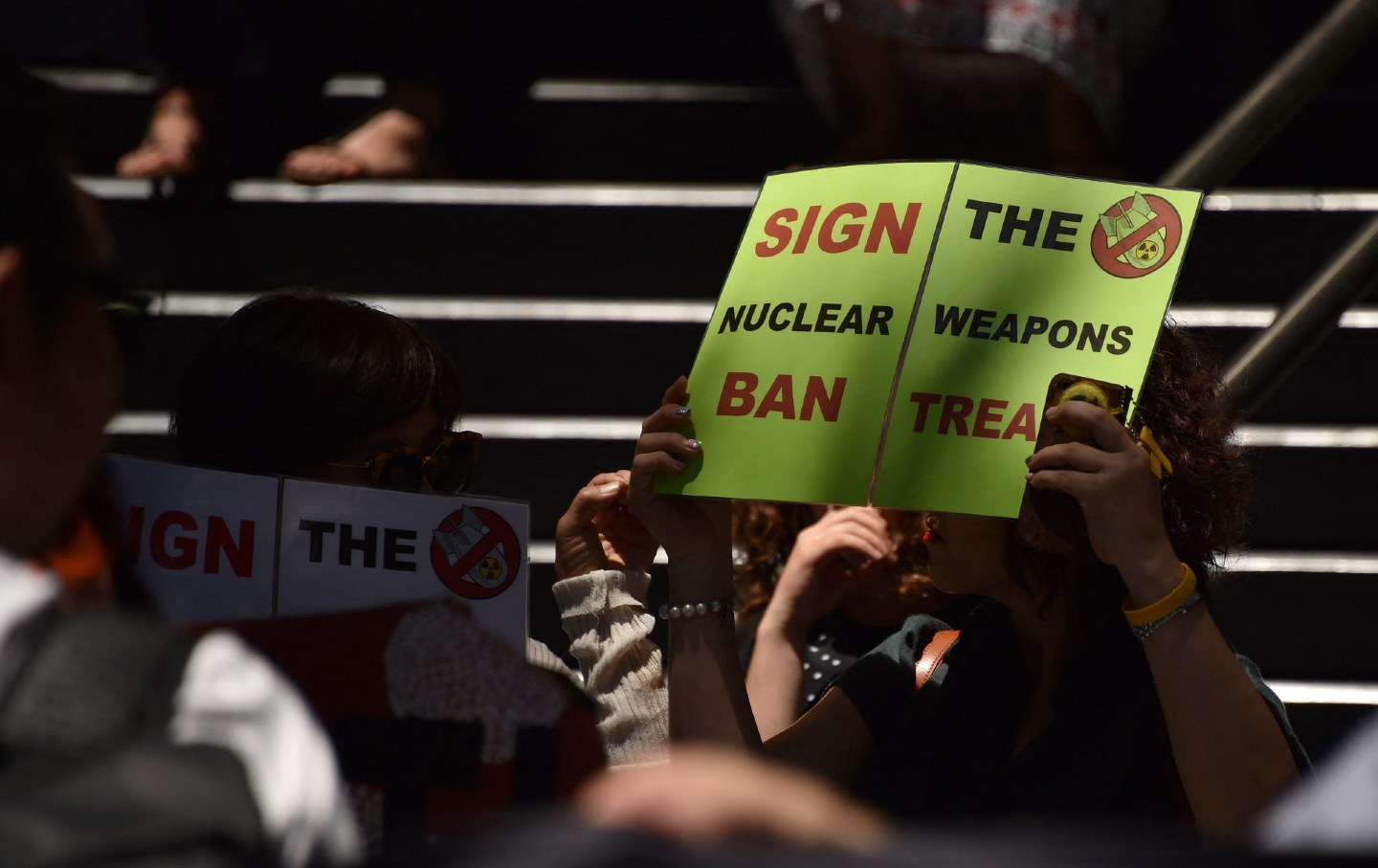
A day after the Tampa Tribune reported the peak had yet to come, Khrushchev and Kennedy agreed to back down.
Of course, Americans wouldn't learn about that for agonizing hours.
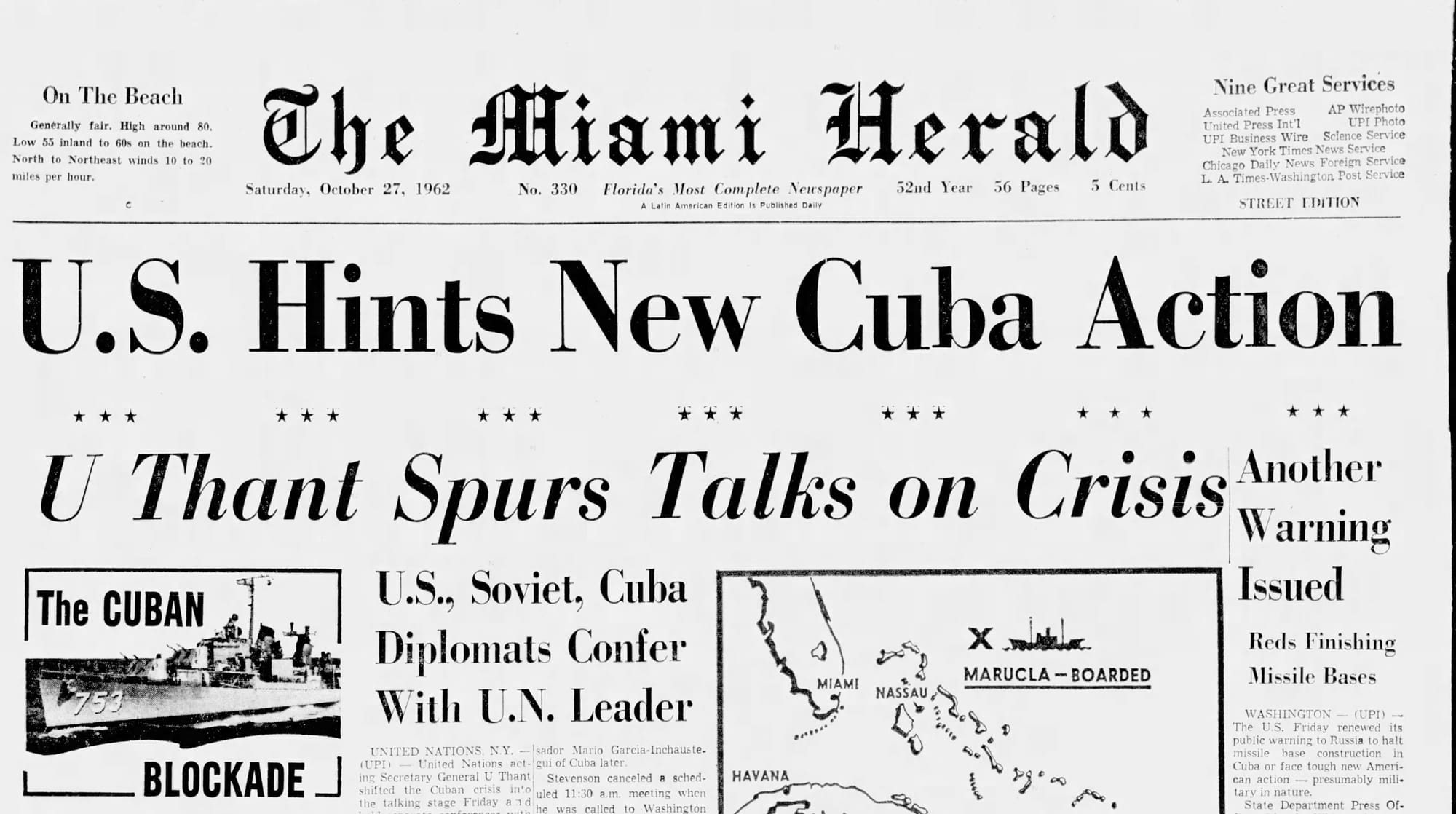
By Monday, October 29, 1962, American newspapers reported a new peace in bold headlines. JFK hailed peace. And Fidel Castro, who had been cut out of the negotiations and treated like a third tier warlord, was left holding the mess and a grudge against both the United States and the Soviet Union that would alter global history for the next half century or more.
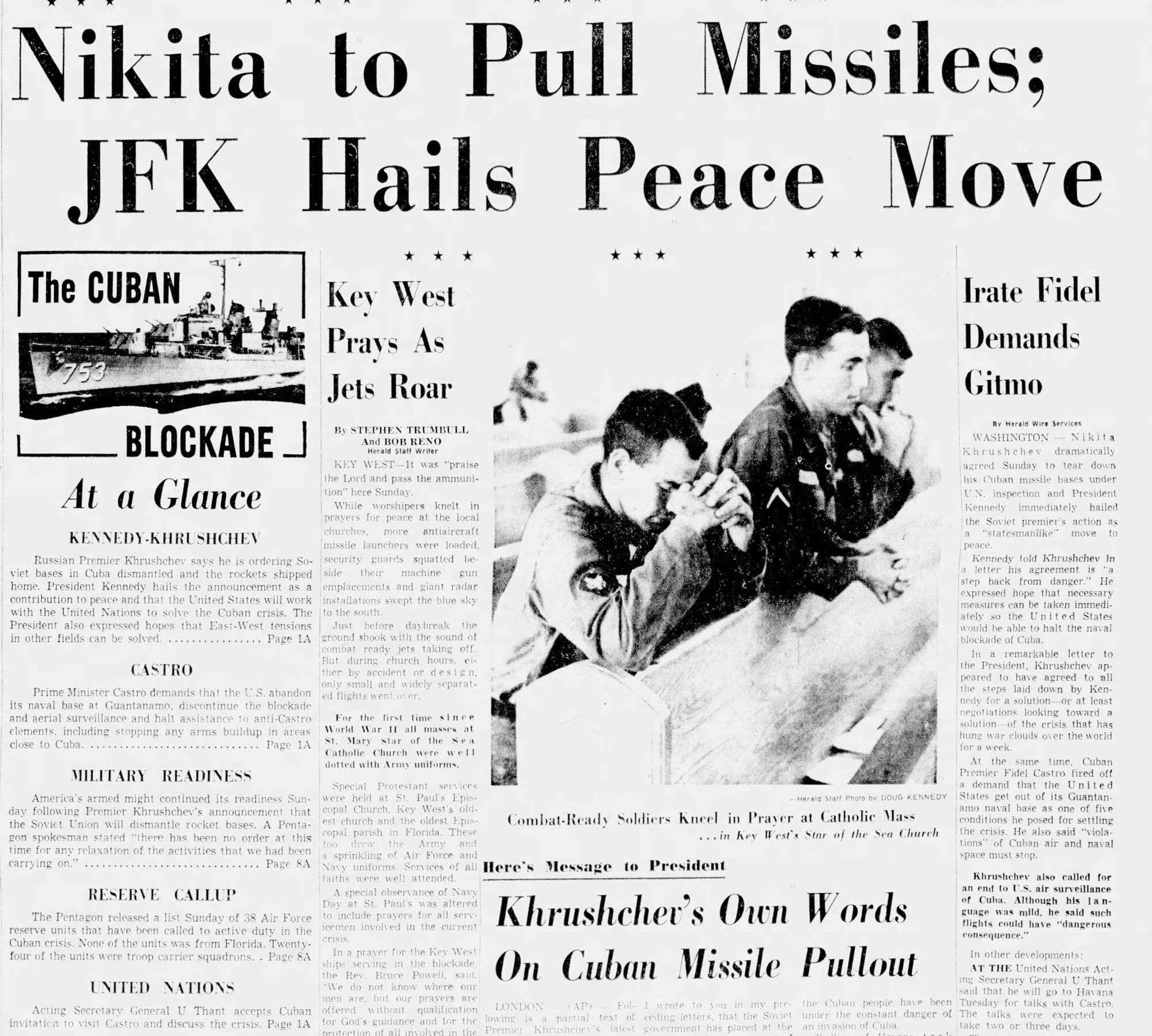
There's whole books on Cuba and its outsized influence on the world though.

What I didn't know, mostly specific details, I pulled from Wikipedia's very thorough page on the crisis.

Infinite
Hope
The reality is that while there's a lot of stuff we here at TWIFL are down about, the return of the Flamingo to places like Flamingo in the Everglades, is a pretty exciting thing that fills us with hope. The Flamingo hasn't been a common site in its namesake place for over 100 years, despite likely being native to Florida. Why? A combination of reasons, not the least of which is their reproduction being much more fickle than most bird species. Want to learn more? Of course you want to learn more. Click below.


Bear
The History Hound Finds
People around me long enough know I hate Woodrow Wilson and cursed his name every time I crossed the bridge that bears his accursed, racist ass name between Alexandria, Virginia and Maryland. When we lived in Alexandria that was weekly, at the very minimum. The article below is part of why I can't stand him.
Also, if you know me long enough I'll spit out Peter Thiel's name, often when the topic of his more famous failed apprentice comes up. Who is that, you might ask? Elon Musk. Anyway, Thiel usually tries to keep a little quieter than Musk, which is why many haven't heard of Thiel, but given Thiel arguably has more power than Musk and that he's giving helpful workshops on the Antichrist, who he thinks probably isn't Greta Thunberg, that story is worth a look.
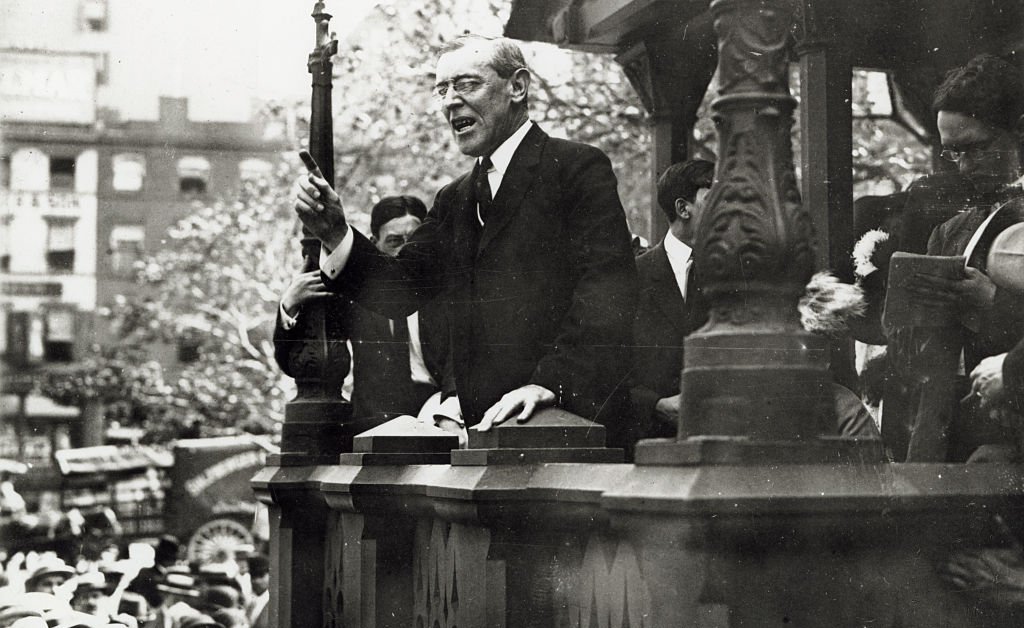
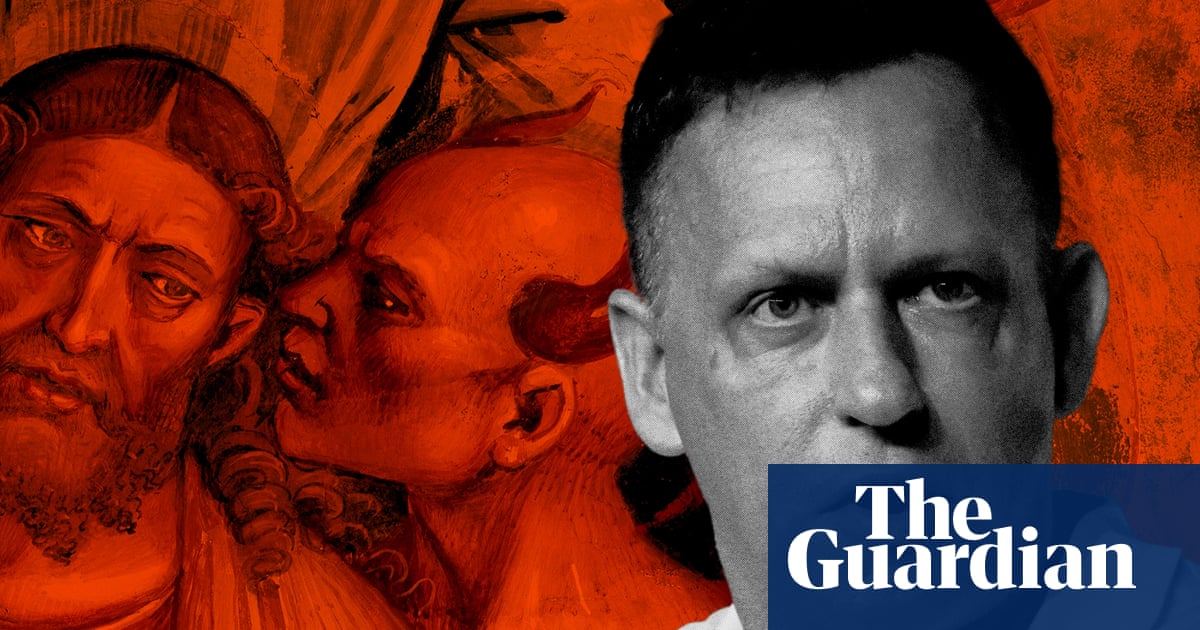
Speaking of End Times Fascism, this piece is from April but also quite revealing.
